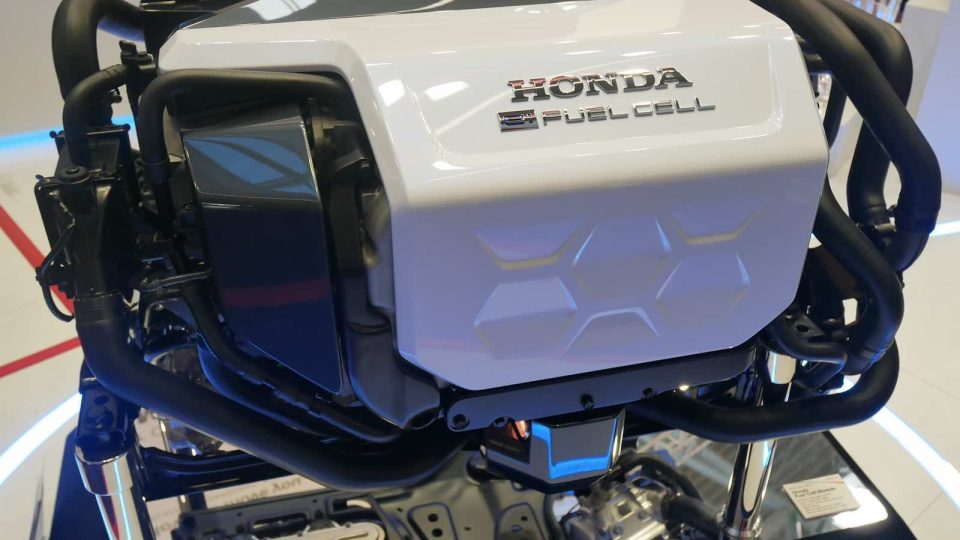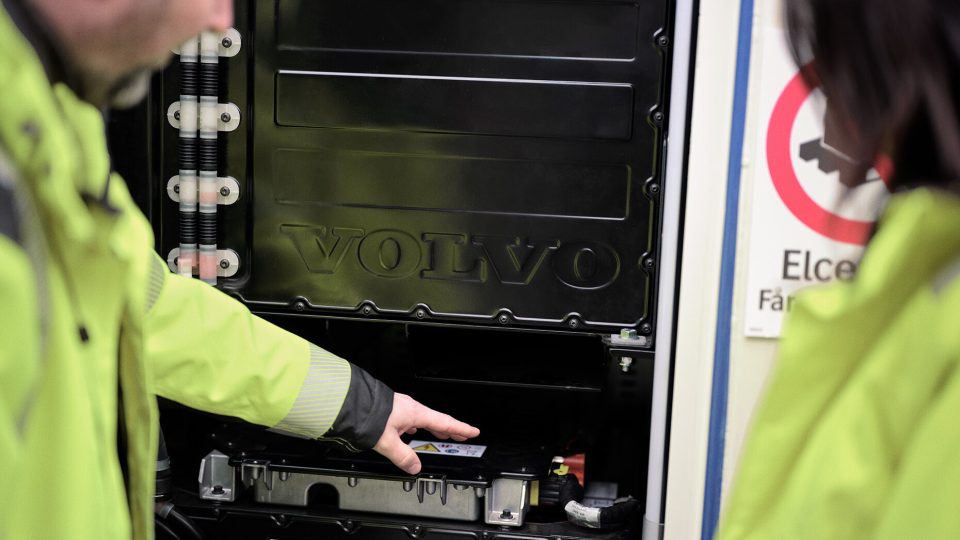CNH Industrial has a ‘new look’
CNH Industrial has a new organizational structure for global growth and profitability CNH Industrial, one of the world’s largest capital goods companies, announced today it is changing its organizational structure and strengthening and focusing its Global Executive Committee (‘GEC’, formerly ‘Group Executive Council’). Annalisa Stupenengo is still the head of powertrain division. The GEC is […]
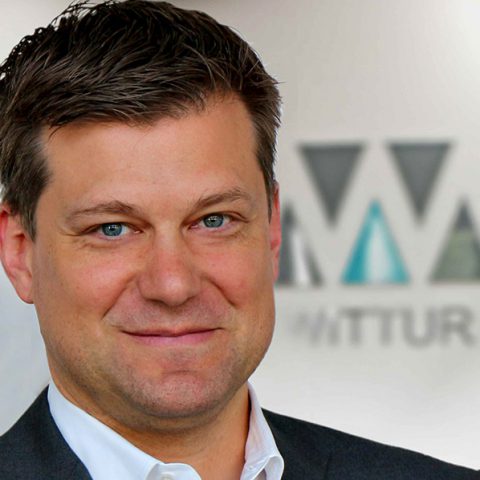
CNH Industrial has a new organizational structure for global growth and profitability
CNH Industrial, one of the world’s largest capital goods companies, announced today it is changing its organizational structure and strengthening and focusing its Global Executive Committee (‘GEC’, formerly ‘Group Executive Council’). Annalisa Stupenengo is still the head of powertrain division. The GEC is the operational decision-making body of CNH Industrial, which is responsible for reviewing the operating performance of the segments and making decisions on certain operational matters.
Gerrit Marx, the new head of the Commercial and Specialty Vehicles division, has gained experience in Daimler Trucks and Volkswagen, with which he has worked in various areas of the world. He was President & CEO Daimler Trucks China from 2009 to 2011. He will lead the Iveco, Iveco Bus, Heuliez Bus, Iveco Astra, Magirus and Iveco Defense Vehicles brands.
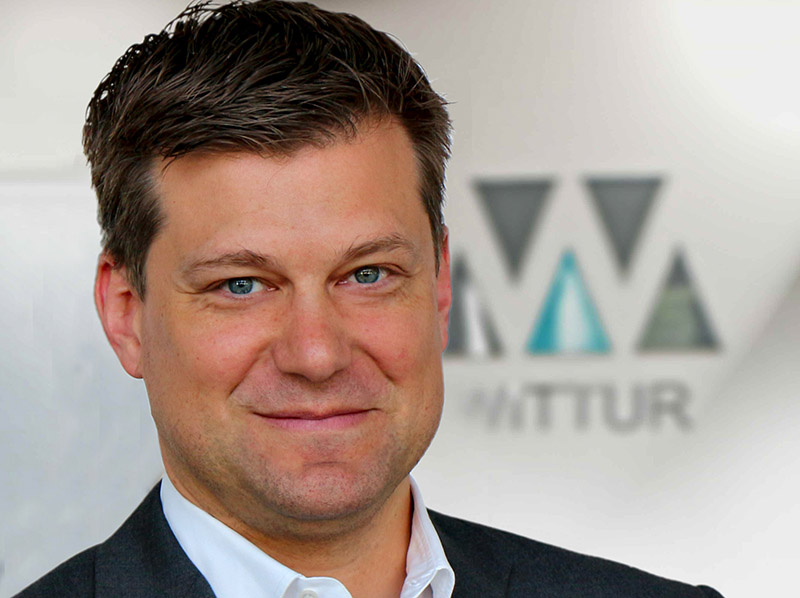
Hubertus Mühlhäuser, Chief Executive Officer at CNH Industrial, said: «Our industry is experiencing an ever-accelerating rate and growing magnitude of change fueled by megatrends such as digitalization, automation, electrification and servitization. Companies need to adapt, change and revitalize themselves continuously in order to meet these business challenges and successfully generate long-term value».
THE OPERATION IS IN THE HANDS OF THE NEW CEO: HUBERTUS M. MUHLHAUSER
Also, CNH Industrial is seeking to become more customer centric, by focusing on its five operating segments whose mission will be meeting and exceeding customers’ expectations. It wants to become also more entrepreneurial, by reducing complexity and empowering these operating segments. Increasingly lean and agile, by simplifying decision processes and streamlining the organizational structure. More innovative, by enabling faster innovations both in terms of hardware and software as well as new business models.
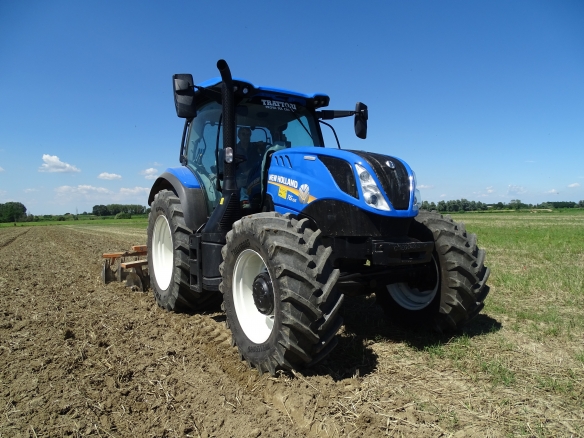
The five operating segments
The five operating segments will be fully responsible for the global growth and performance of their respective businesses, increasing focus and accountability. These five segments are:
- Agriculture comprising the global agricultural brands of Case IH and New Holland Agriculture, together with the regional brand of Steyr. Derek Neilson, President Agriculture, who was the former COO of the EMEA region, will lead this segment.
- Commercial and Specialty Vehicles including Iveco commercial vehicles, bus and coach under Iveco Bus and Heuliez Bus brands, off-road and quarry vehicles under the bradn Iveco Astra, firefighting brand Magirus and the Iveco Defence Vehicles brand, which focuses on civil protection and defense vehicles. As already mentioned, under the guidance of Gerrit Marx.
- Construction comprising the Case Construction Equipment and New Holland Construction brands. Led by Carl Gustaf Göransson, President Construction.
- Powertrain will focus on the Fpt Industrial brand, producing powertrains, axles, and transmissions. This segment will continue to be led by Annalisa Stupenengo, President Powertrain.
- Financial Services for a global role in the agricultural, construction equipment and commercial vehicles industries. The Financial Services segment will continue to be in the hands of Oddone Incisa, President Financial Services.
FPT INDUSTRIAL: A LOOK AT THE TECH DAY 2018
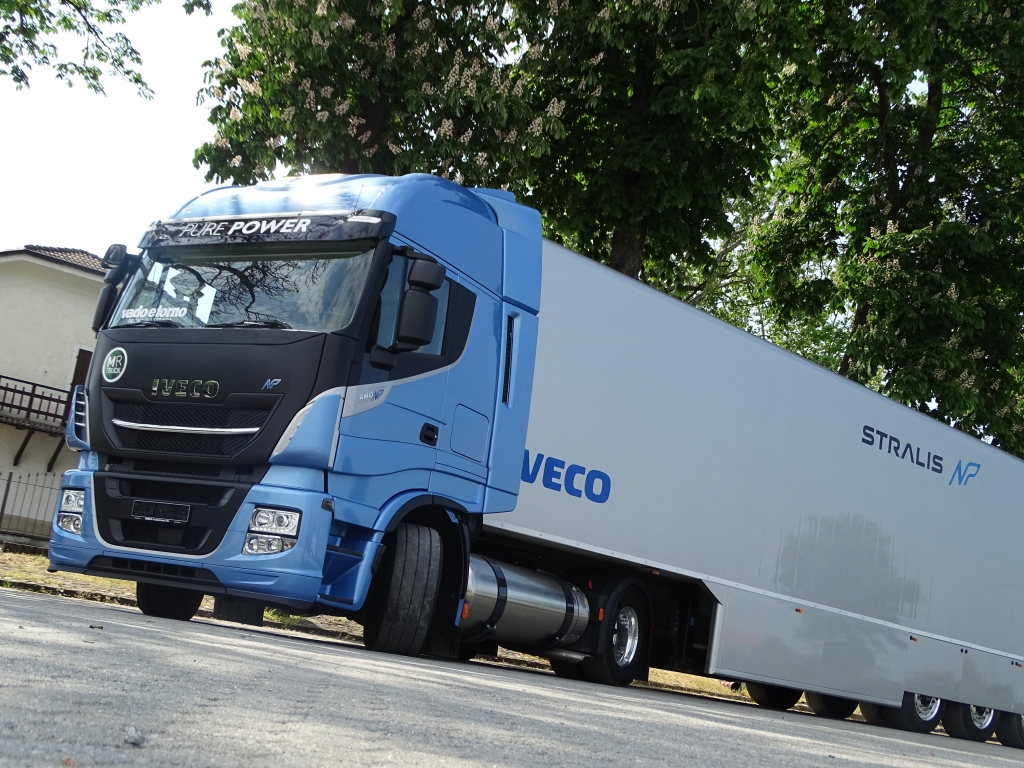
Functions will adapt to the ‘new look’
So, going forward, the corporate functions will focus on core company tasks, including functional strategies, controls, systems and processes, reducing overheads and enabling faster decision-making and guaranteeing the adequate checks and balances in the new organization. At the same time, there was a reallocation of resources and funding, allowing CNH to accelerate its activities in the areas of, amongst others, automation, vehicle electrification, digitalization and servitization.
The implementation of these organizational changes will proceed over the coming months and will include the development of a CNH Industrial strategic business plan based on the new organizational structure and direction.




